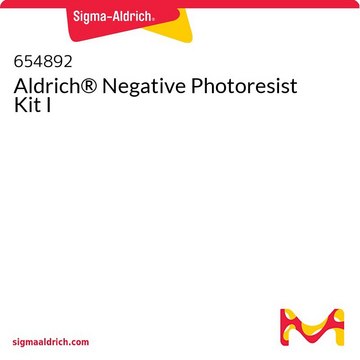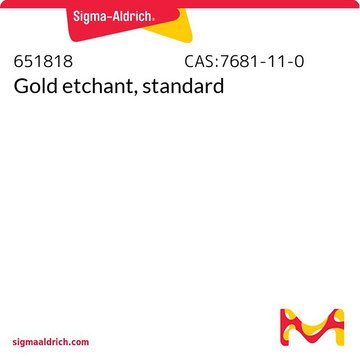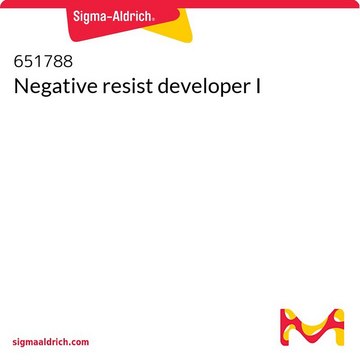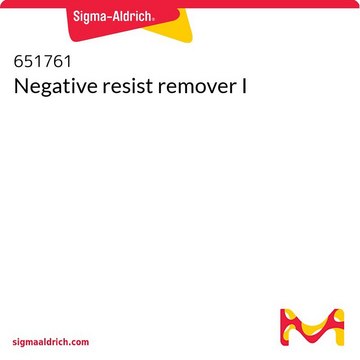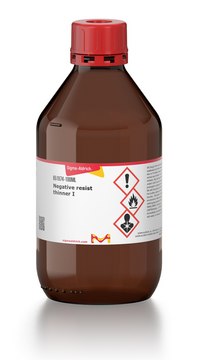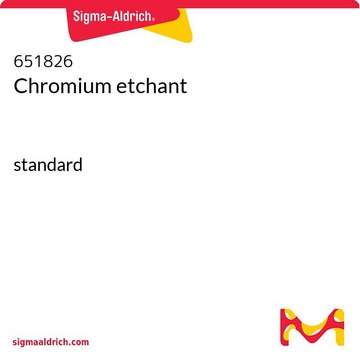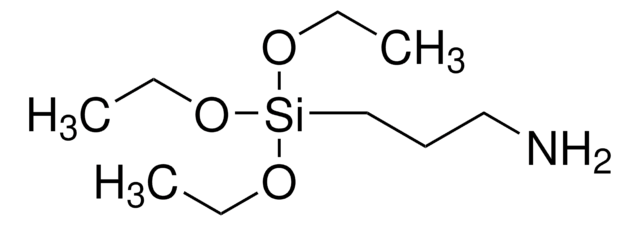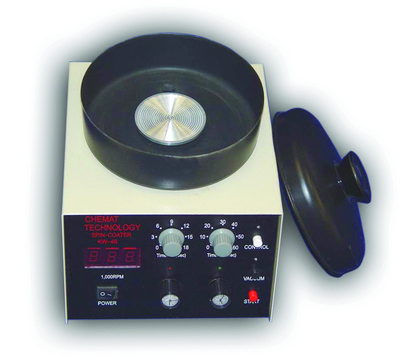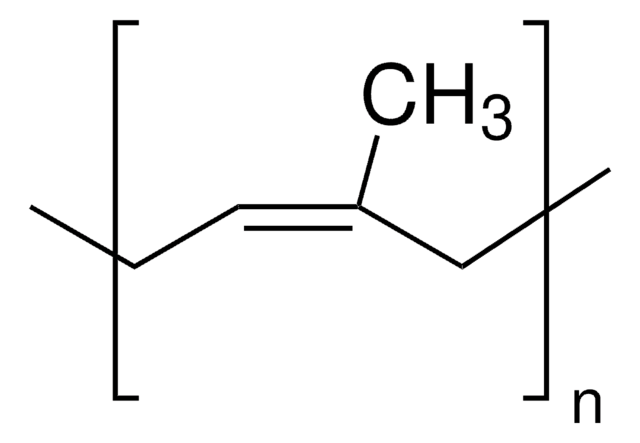Recommended Products
mol wt
average Mw 60,000-70,000 (polyisoprene)
Quality Level
composition
solids, 27-29 wt. %
dielectric constant
2.4
surface tension
29.2 dyn/cm
viscosity
465-535 cP(25 °C)
bp
122-142 °C (lit.)
density
0.89 g/mL at 25 °C (lit.)
λmax
310-480 nm
storage temp.
2-8°C
SMILES string
O1C(OCC(C1)(C)C)CCCCCCCC
InChI
1S/C14H28O2/c1-4-5-6-7-8-9-10-13-15-11-14(2,3)12-16-13/h13H,4-12H2,1-3H3
InChI key
UBZVSDZJBLSIJG-UHFFFAOYSA-N
Related Categories
General description
Signal Word
Danger
Hazard Statements
Precautionary Statements
Hazard Classifications
Acute Tox. 4 Dermal - Acute Tox. 4 Inhalation - Aquatic Chronic 3 - Asp. Tox. 1 - Eye Irrit. 2 - Flam. Liq. 3 - Repr. 1B - Skin Irrit. 2 - STOT SE 3
Target Organs
Respiratory system
Storage Class Code
3 - Flammable liquids
WGK
WGK 3
Flash Point(F)
75.2 °F - closed cup
Flash Point(C)
24 °C - closed cup
Personal Protective Equipment
Regulatory Information
Choose from one of the most recent versions:
Already Own This Product?
Find documentation for the products that you have recently purchased in the Document Library.
Which document(s) contains shelf-life or expiration date information for a given product?
If available for a given product, the recommended re-test date or the expiration date can be found on the Certificate of Analysis.
How do I get lot-specific information or a Certificate of Analysis?
The lot specific COA document can be found by entering the lot number above under the "Documents" section.
At what wavelength does Product 651796, Negative photoresist, have absorbance?
This product has a spectral absorbance range of 310-480nm. The peak spectral sensitivity is around 355nm.
How should Product 651796, Negative photoresist, be stored?
It should be refrigerated to inhibit polymerization and warmed to room temperature before opening. It should also be stored away from light sources and kept in the sealed bottle.
How do I use Product 651796, Negative photoresist?
Please refer to technical bulletin AL-217 for detailed procedures.
When using Product 651796, Negative photoresist, how do I remove the photoresist film?
Hot chlorinated hydrocarbons such as those in Product No. 651761, Negative Resist Remover I, swell the photoresist, which effectively removes the resist film. The ideal temperature at which to use the remover is 50-60°C.
How do I find price and availability?
There are several ways to find pricing and availability for our products. Once you log onto our website, you will find the price and availability displayed on the product detail page. You can contact any of our Customer Sales and Service offices to receive a quote. USA customers: 1-800-325-3010 or view local office numbers.
What is the Department of Transportation shipping information for this product?
Transportation information can be found in Section 14 of the product's (M)SDS.To access the shipping information for this material, use the link on the product detail page for the product.
My question is not addressed here, how can I contact Technical Service for assistance?
Ask a Scientist here.
Protocols
Photoresist kit offers pre-weighed chemical components for lithographic processes, with separate etchants for various substrate choices.
Our team of scientists has experience in all areas of research including Life Science, Material Science, Chemical Synthesis, Chromatography, Analytical and many others.
Contact Technical Service